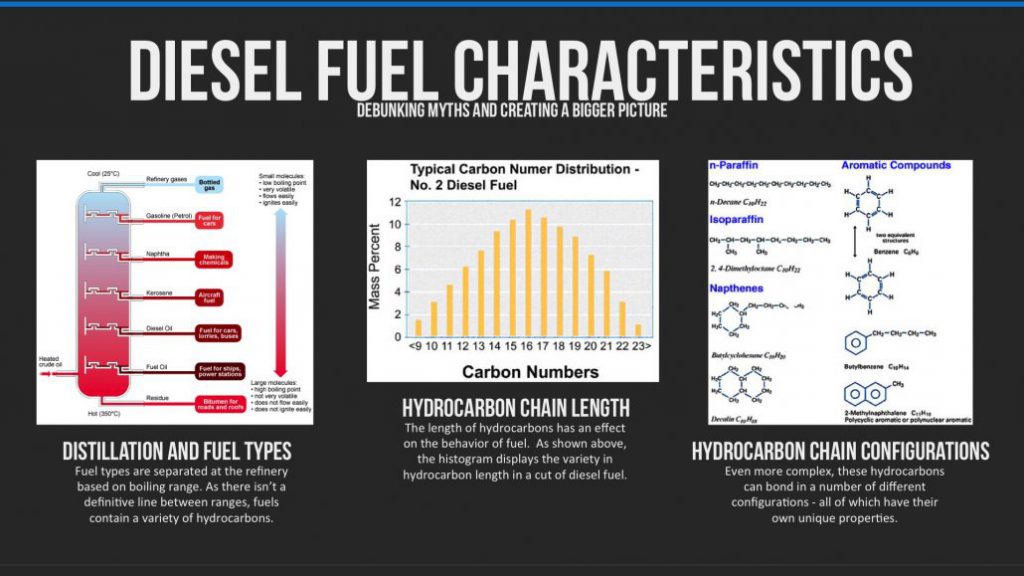Historically, consumers of diesel fuel have generally purchased, stored, and distributed the fuel to machines, engines or marine vessels as required with little thought put into contamination control. Over the past 60 years, little has changed in the way many diesel engine owners and operators have undertaken this process. However, with the introduction of these new engines with advanced fuel injection systems, many users are experiencing a high frequency of failures, decreased availability, and increased downtime, as well as cost challenges from a technology that promised to improve operational profitability.
Along with the introduction of HPCR injection systems, we are now starting to see a parallel increase in diesel fuel related problems within many industries including Power Generation, Marine, Agriculture, and Mining. The most common complaint is that the new engine designs (using HPCR injection systems) simply do not last as long as older engines did (EUI Injection). These issues have created a storm of confusion with fuel suppliers, fuel additive suppliers, filter manufacturers, fuel purification companies, and engine OEM’s, all who seem to have their own opinions or in some cases, magical solutions to offer. Little, however, has been done to educate the end user or provide them with real technical information in relation to the root cause of the problems. Most users are now finding that they are treating the symptoms of these failures rather than actually treating the root cause of them.
Diesel engines are used in a wide variety of applications around the world and with some, they can literally mean life or death or perhaps millions in lost revenue. Such engines are typically found in Mission Critical applications such as data collection or data back-up facilities, hospitals, and the military. With diesel fuel directly contributing to greater than 80% of fuel system failures, it is imperative that these diesel engine users dramatically alter the way in which they view and treat the diesel fuel they consume, from simply seeing it as a commodity or a necessary expense, to that of a “Critical Reliability Component” of the fuel system, the engine, and the overall asset or facility. The cost through poor management of this engine component is far too great.
